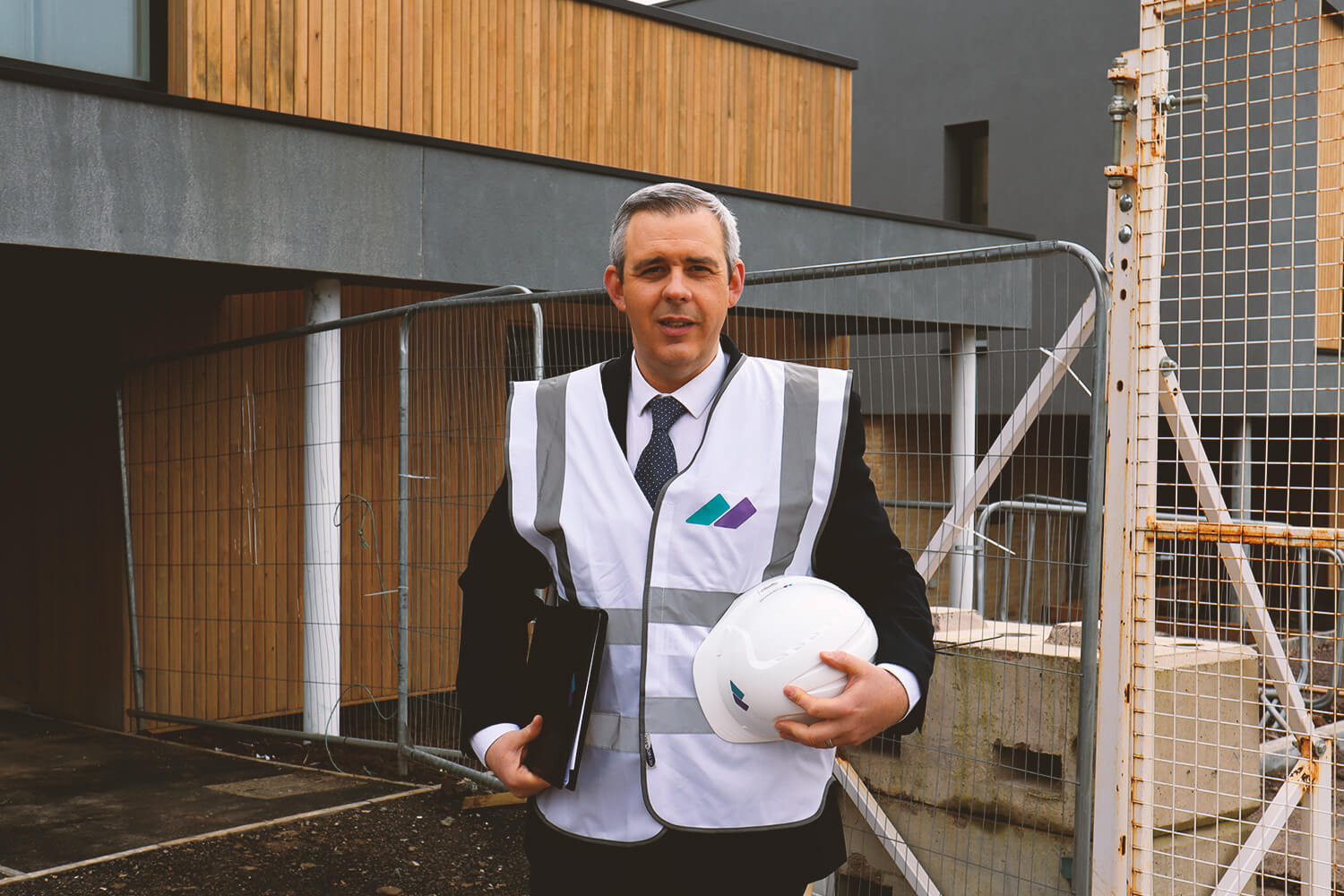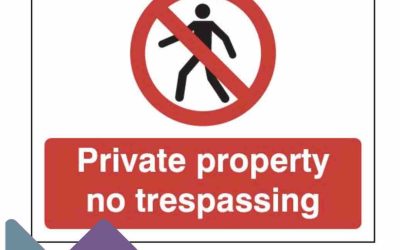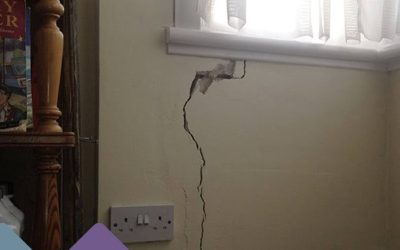Thank you for clicking on today’s blog post topic. Today we will be looking at Building Surveying through the lens of pre purchase surveys!
A RICS HomeBuyer Report ensures that you are fully aware of all the issues and defects present within a property that you are considering buying.
For many of us, buying a property will be the most expensive purchase we make in our lives, so it is important that you have this survey undertaken to ensure you are able to make an informed decision about whether to purchase the property. To ensure that you’re aware of any nasty defect surprises and ultimately to ensure you are offering a price that takes into account the property disrepair.
In today’s blog post we will be looking at what a RICS HomeBuyer report covers, how long they take to complete and when they are required.
A RICS HomeBuyer Report is a detailed visual inspection undertaken by an experienced and qualified RICS surveyor which sets out the condition of a property and focuses on defects which affect the value of the property.
This form of inspection is commonly used for houses, flats and bungalows which appear to be in a reasonable condition and isn’t usually used for older properties that are in significant disrepair.
What does the RICS HomeBuyer Report cover?
The report is written in a standard format and is divided into the following sections:
- Introduction
- About the inspection
- Overall opinion and summary of the condition ratings
- About the property
- Outside of the property
- Inside the property
- Services
- Grounds
- Issues for legal advisers
- Risks
- Valuation
- Surveyor’s declaration
When inspecting the property, the surveyor will insect and assess the general condition of the external building fabric. Furthermore, in the case of a flat, the surveyor will inspect the access areas to the flat for example the communal hallways and staircases.
The time it takes the surveyor to complete the inspection is varied depending on the size of the property and usually takes between 2 and 4 hours to complete. However, it’s not unheard of for the surveyor’s inspection to take in excess of 5 hours in the case of a large house!
The surveyor will thoroughly inspect all internal and external areas without opening the building fabric. This means that the surveyor is not expected to move furniture or remove floor coverings etc. It seems like an odd hurdle, however in many cases surveyors lone work so attempting to move furniture on their own could result in injury or damage to the item being moved.
As part of the inspection, the surveyor will make use of a variety of equipment including a damp-meter, binoculars, a torch, drain keys and ladders. As part of the report, the surveyor will give recommendations about what should be done next in relation to the issues that have been discovered. However, the surveyor will not provide any costs for the remedial works.
Additionally, the surveyor will also indicate where further investigations are required if they believe there is a potential issue relating to dangerous materials, contamination or environmental issues.
Overall, the RICS HomeBuyers Report will provide the property purchaser with a full and thorough undertaking of what they’re buying in to and what needs doing to it in the short and long term to bring the property up to a reasonable state of repair.
When is a RICS HomeBuyers Report required?
A HomeBuyer Report is a key component to successfully purchasing a property and ensures that the buyer is fully aware of all the issues and defects associated with the property before they make the investment.
This can allow the purchaser to buy the property with confidence that it is free from defect and is not going to cause issues in the future.
Not only this, but the report can also give the purchaser the opportunity to renegotiate the price of the property as a result of the surveyor’s findings.
The property seller may also agree to carry out the remedial works of the defects identified by the surveyor, which will prevent the purchaser from having to pay for this themselves should they go through with the purchase.
RICS HomeBuyers Condition Rating System
Throughout the inspection the surveyor will utilise a condition rating system which is designed to clearly outline which areas of the property require urgent maintenance, areas that will likely require maintenance soon and areas that are free from defect.
- Condition rating 3 – Elements of the property that are given a condition rating of 3 will be indicated with a red colour and show areas that require urgent maintenance.
- Condition rating 2 – Elements of the property that are given a condition rating of 2 will be indicated with an orange colour and show areas that will likely need maintenance in the near future but are not urgent.
- Condition rating 1 – Elements of the property that are given a condition rating of 1 are indicated with a green colour and shows areas that are in a fair & reasonable condition and no maintenance is required.
Many people question whether it is important to have a RICS HomeBuyer Report before purchasing a property. Quite simply the answer is yes, they are essential, and they ensure that as a buyer you are not suddenly hit with significant bills to carry out remedial works to a property you have just bought.
If you are currently thinking about purchasing a property and you would like one of our experienced surveyors to carry out a RICS HomeBuyer Report then please do not hesitate to get in touch by clicking here, as our team would be more than happy to assist with your potential purchase.




